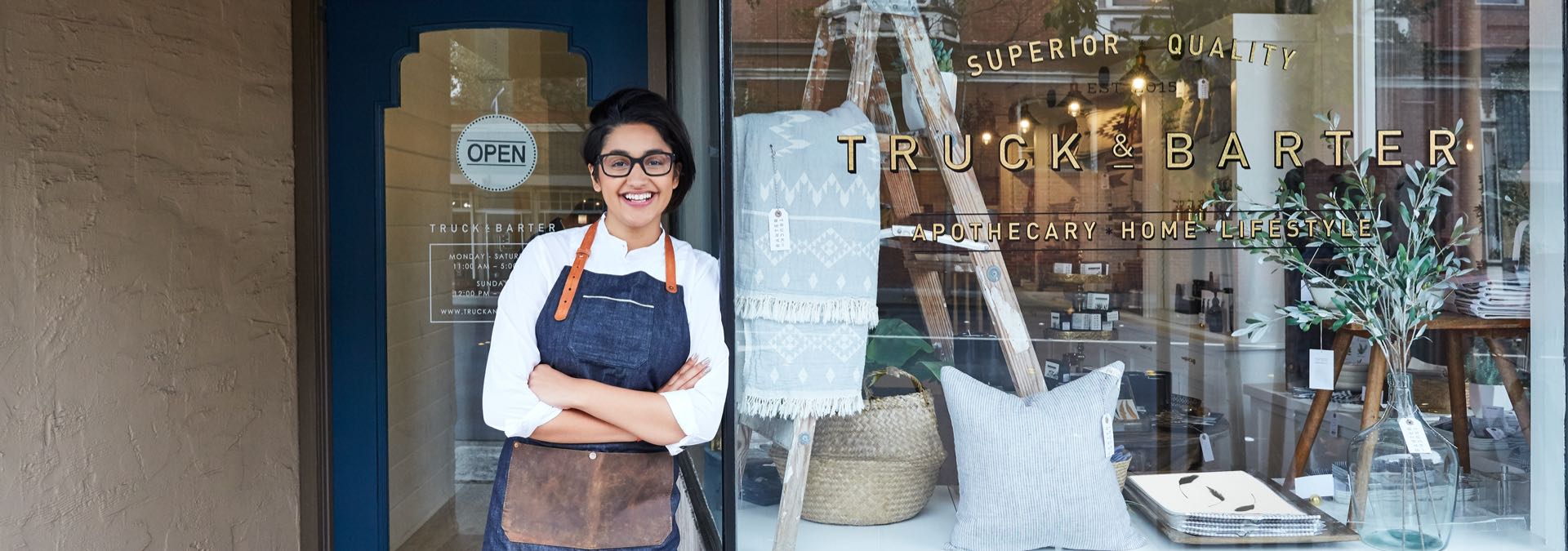Our previous blog looked at how satisfaction with online shopping changes expectations of the in-store retail customer experience. What digital-first features do shoppers favor?
The retail customer experience must be efficient, rewarding and safe
Consumers prefer digital-first features that make shopping an efficient and rewarding experience. And when it comes to in-store shopping, pandemic-related health concerns mean they also want features that help them stay safe. These are among the key findings revealed by the PYMNTS Global Digital Shopping Index reports, developed in collaboration with Cybersource, and based on four country surveys.
Efficient and rewarding: the ideal shopping journey
In all regions surveyed for the reports, consumers favor features that make the shopping journey easy and make them feel valued. The reports indicate that:
- Making things easy is about giving customers access to features such as product details, reviews and recommendations. Increasingly, customers want to be able to use these features in-store as well as online.
- Features that make customers feel valued are those that help them get more for their money, such as rewards, promo codes and price matching functionality.

Source: The Global Digital Shopping Index reports, Cybersource and PYMNTS, 2020
Customers also generally like it when their online orders come with free shipping. In the U.S. for example, 56 percent of consumers say this is an important feature.
Contactless payments: the safer in-store option?
The PYMNTS Global Digital Shopping Index reports indicate that, since the start of the pandemic, in-store shoppers have gravitated towards contactless and touchless payments. These payment types are widely seen as safer health-wise—an important consideration for many people. They also help to make the checkout experience more efficient—and bring it closer to online experiences shoppers have come to love.
The research does, however, reveal regional variations:
- Almost 47 percent of Australian consumers use contactless payments via cards or digital wallets and 17 percent use other touchless payment methods.
- In the U.K., 55 percent of shoppers report using contactless cards and digital wallets; 20 percent make other touchless payments (such as card on file); and 18 percent scan mobile bar codes at checkout.
In the U.S., however, where contactless terminals and cards are less widespread, adoption remains fairly low. Just under 17 percent of U.S. consumers use contactless payments via cards or digital wallets, while 13 percent use other touchless payment methods. Nevertheless, some U.S. shoppers say they're using these options more since the pandemic's onset:
- 20 percent now pay with contactless cards and digital wallets more often.
- 18 percent are making more use of other touchless payment methods.
Shape the shopping journey with digital-first features
The PYMNTS Global Digital Shopping Index reports reveal that consumers look for digital-first features that help make the shopping journey more efficient, rewarding and safe. Retailers should ensure they're equipped with flexible, creative commerce solutions that deliver the satisfying digital-first experiences consumers increasingly expect.
Learn more about the digital-first features that enhance the retail customer experience and download the PYMNTS Global Digital Shopping Index reports.
Sources
1 The 2020 Global Digital Shopping Index, U.S. Edition,” Cybersource and PYMNTS, 2020, p. 8.
2 The 2020 Global Digital Shopping Index, Australia Edition,” Cybersource and PYMNTS, 2020, p. 6.
3The 2020 Global Digital Shopping Index, U.K. Edition,” Cybersource and PYMNTS, 2020, p. 20.
4 The 2020 Global Digital Shopping Index, Australia Edition,” Cybersource and PYMNTS, 2020, p. 6.
5 The 2020 Global Digital Shopping Index, U.S. Edition,” Cybersource and PYMNTS, 2020, p. 26.
6 The 2020 Global Digital Shopping Index, U.S. Edition,” Cybersource and PYMNTS, 2020, p. 26.

